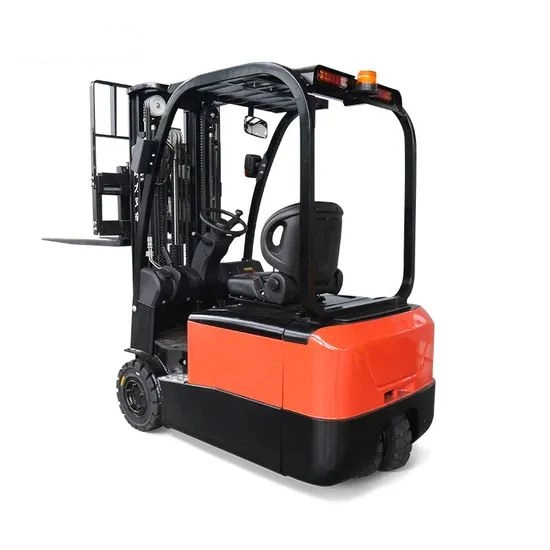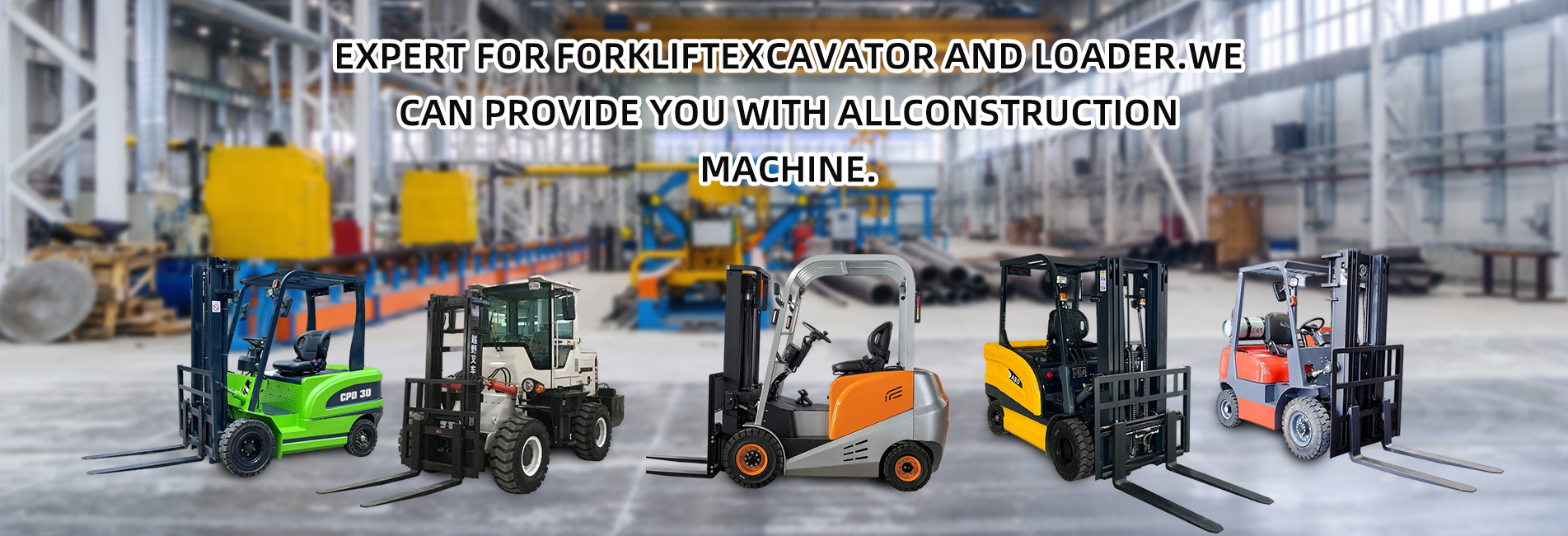In scenarios involving forklifts of 5 tons and below, electric forklifts are a highly suitable choice and even offer more advantages than internal combustion forklifts in most cases. The following is a detailed analysis from multiple aspects such as applicable scenarios, performance, and economy:

I. Core applicable scenarios: Typical scenarios with requirements of 5 tons and below
Forklifts of 5 tons and below belong to the mainstream tonnage range of medium and light-duty forklifts, covering most indoor and outdoor operation scenarios, such as:
- Warehousing and logistics: Loading, unloading, and stacking of goods in warehouses (with a usual height of 3-8 meters). The low-noise and zero-emission characteristics of electric forklifts make them more suitable for enclosed environments.
- Manufacturing workshops: Transfer of raw materials and Ingredients for production lines. Electric forklifts are flexible in operation (with a small turning radius) and suitable for narrow passages.
- E-commerce/distribution centers: High-frequency goods sorting and short-distance transfer. The quick start and stop performance of electric forklifts can improve efficiency.
- Food/pharmaceutical industry: With high hygiene requirements, electric forklifts have no exhaust pollution, are easy to clean, and comply with industry standards.
- Municipal/port short-distance operations: Such as short-distance connection of containers (5-ton class can be adapted to light containers), electric forklifts have lower maintenance costs.
II. Core advantages of electric forklifts compared with internal combustion forklifts (5-ton class)
| Dimension | Electric forklifts | Internal combustion forklifts (diesel/petrol) |
|---|---|---|
| Usage cost | Electricity cost is approximately 0.1-0.3 yuan/km, and maintenance only requires replacing batteries and motors | Fuel cost is approximately 1-3 yuan/km, and regular replacement of engine oil, filters, etc. is needed |
| Environmental adaptation | No exhaust gas, low noise (≤70 decibels), suitable for indoor use | With exhaust pollution, high noise (≥90 decibels), only suitable for outdoor use |
| Operation experience | Stepless speed change, smooth start, and easy to operate even for women | Gear shifting is jerky, and the operation intensity is high |
| Maintenance difficulty | Simple structure (no engine or gearbox), low failure rate | Many mechanical parts, many vulnerable parts, and high maintenance frequency |
| Policy support | Subsidies in many places (such as 10%-30% purchase subsidy), meeting environmental protection standards | Restricted from entering urban areas in some regions, and environmental protection policies are becoming stricter |
III. Possible limitations and solutions
- Battery life issue:
Traditional lead-acid batteries have a Flight duration of about 4-6 hours (200-300 cycles), but lithium batteries can support 8-12 hours (1500-2000 cycles) and are compatible with fast charging (full charge in 1-2 hours). For multi-shift operations, a backup battery pack can be equipped, and battery replacement takes only 5-10 minutes. - Initial investment:
The unit price of electric forklifts is usually 30%-50% higher than that of internal combustion forklifts of the same tonnage (for example, a 5-ton electric forklift is about 150,000-250,000 yuan, and an internal combustion forklift is about 100,000-180,000 yuan). However, considering the 3-5 year usage cost (fuel + maintenance), the total cost of electric forklifts is lower (saving about 40%-60%). - Adaptation to extreme working conditions:
For heavy-load continuous operations (such as 24-hour non-stop) or harsh environments (low temperature below -20℃, muddy roads), internal combustion forklifts may be more durable. However, such extreme demands are rare in 5-ton scenarios, and electric forklifts can also be adapted by installing anti-skid tires, low-temperature batteries, etc.
IV. Conclusion: Prioritize electric forklifts for 5 tons and below
- Recommendation index: ★★★★★ (indoor operations); ★★★★☆ (outdoor operations)
- Core logic: Electric forklifts can fully meet the operation intensity and battery life requirements of tonnages 5 tons and below, and have significant advantages in cost, environmental protection, and operation experience. Especially driven by the "dual carbon" policy, electrification is a clear trend in the forklift industry, and the 5-ton class is even the main market for electric forklifts (accounting for more than 70%).
For heavy-duty working conditions above 5 tons (such as 10 tons and above), internal combustion forklifts still have advantages at present, but in scenarios of 5 tons and below, electric forklifts are already a better solution


